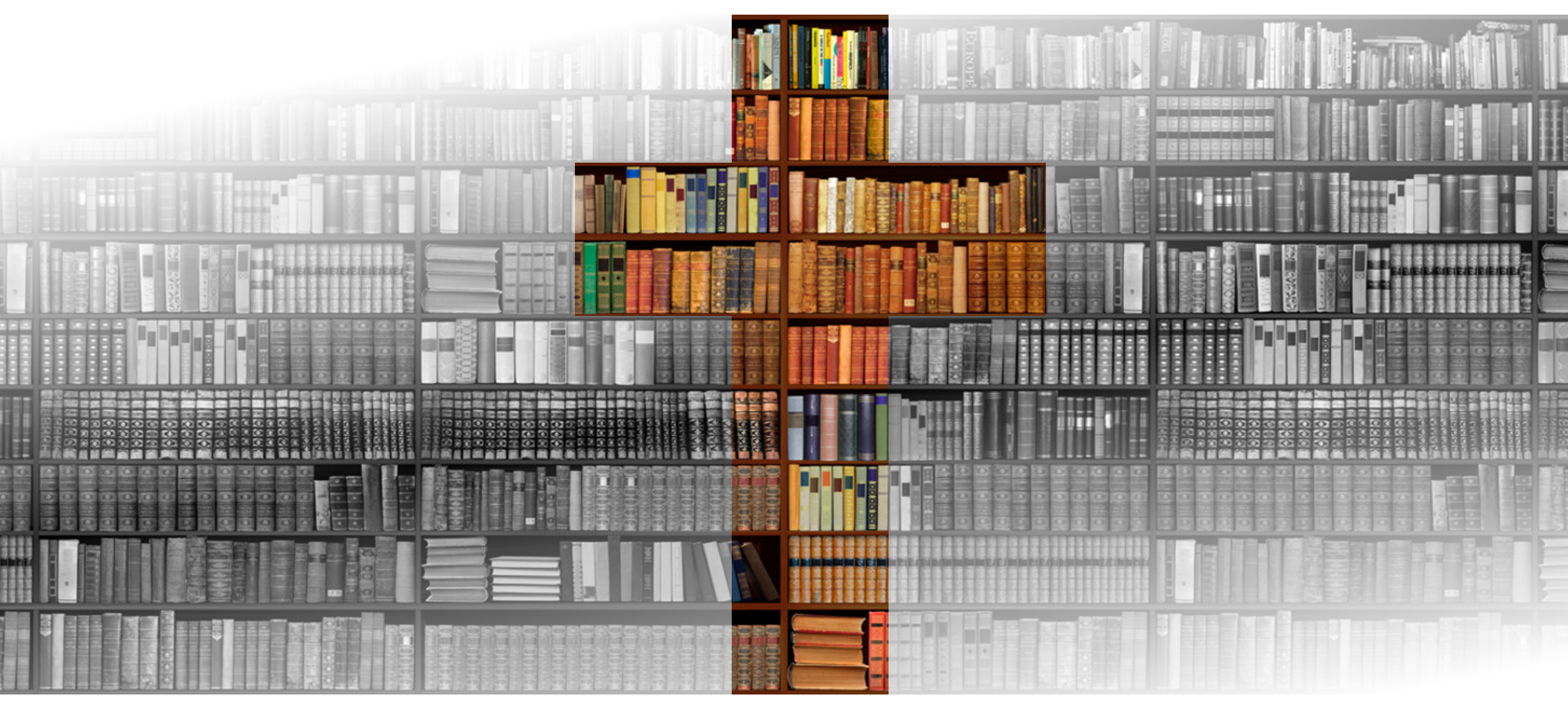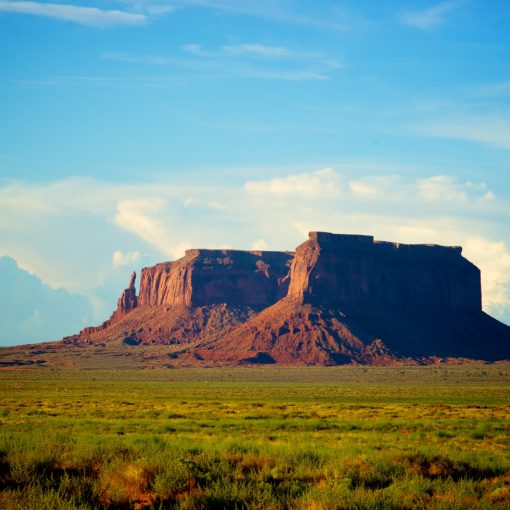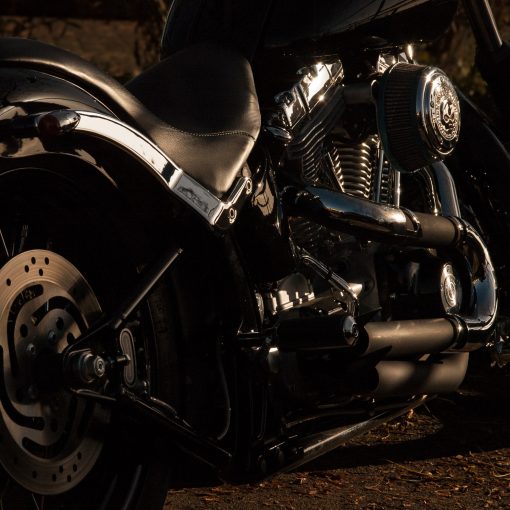Grant
YES HELLO HI I AM BACK HOW ARE YOU
No, seriously—sorry I’ve been absent from the past couple Weekend Reading posts. Things have been … intense … at work. But who cares? Let’s do this thing!
An old gem I found a while back: A Reddit thread with food historians explaining what “ethnic” restaurants were like in 19th-century America. And what the most popular foods were. And what public eating was like. All in all, absolutely fascinating.
“Restaurants” were a different type of eating establishment, and were, for the most part, inaccessible to the masses back in the mid-1800s, but that’s largely because back then, by definition, it was understood that a “restaurant” was a very specific type of French eating establishment that served French haute cuisine. In fact, at Delmonico’s in New York, recognized in the 1840s as the only “true” restaurant in the city, the entire menu was in French. Even the Astor House wasn’t considered a true restaurant because only part of its menu was French, while the rest of the menu consisted of American and English food.
And as you can see on that 1838 menu, part of what was considered American and English food even then were the dishes of “Boiled Cod Fish and Oysters” and “Turkey and Oysters” while among the French offerings are “Macaroni au Parmesan” as well as roast beef and more traditional French dishes.
So, really, the first ethnic kind of “restaurants” in America served French food since, by definition, a “restaurant” was originally an eating establishment that specifically served French food, just as much as a “ramen house” or a “tapas” establishment is a specific type of eating establishment today. But French food was far from the only food consumed outside the home. Most of what was available at “eating houses” was traditional English and American (with its English roots) food–a lot of boiled meats, potatoes, vegetables, bread, and soup.
Tires Tires Tires is just a fantastic story about writing, grace, kindness, and auto shops. Also clever marketing, if you’re the sort of person who thinks that way.
Then one day, I took my car in for new tires at Tires Tires Tires and magically blasted out like 5,000 words in their fabulous waiting room. It was incredible. Complimentary coffee that was actually delicious, comfortable seating, free cookies, friendly staff. I had found my mother ship!
That night, I told my sister of my great fortunes and she said, “You should go back! Don’t let the momentum stop! I need an oil change…take my car in!”
So I did.
Finally—it’s not reading, but it’s about reading and that’s close enough! Two Ph.D’s—one of whom I can personally vouch for as an awesome person—have started a podcast dedicated to Kim Stanley Robinson’s Mars Trilogy called Marooned On Mars with Matt and Hillary. It’s really cool and a great reason to read this remarkable piece of science-fiction if you haven’t done so yet.
Peter
The BBC has a really interesting piece on our (rather literal) need for stories as humans located here that’s worth a read.
Although we have no firm evidence of storytelling before the advent of writing, we can assume that narratives have been central to human life for thousands of years. The cave paintings in sites like Chauvet and Lascaux in France from 30,000 years ago appear to depict dramatic scenes that were probably accompanied by oral storytelling.
I enjoyed this short article from The Christian Century, because it sums up for me how (most of the time, anyway) the “geeky faith” community operates.There’s also some neat science about starlings in it.
Thanks to high-speed photography, researchers today know why starlings interact so coherently and how they avoid midair collisions. Each starling pays attention only to six or seven surrounding birds. There is no designated leader. Any bird can initiate a change of direction. A consensus among hundreds or even thousands of birds can emerge within 50 milliseconds.
Finally, Tribality has a nice breakdown of some useful information about the upcoming Pathfinder 2.0 playtest. Out of what’s in the article, the Ancestry mechanics sound the most intriguing to me.
The typical fantasy races found in Pathfinder such as dwarves and elves aren’t going anywhere, but this is more than just a relabeling of race as ancestry.
Jenny
I like jam, I like Newfoundland, and the card game Newfoundland Jam combines the two in a very adorable way.
Hi, I’m game designer Jason Anarchy, I make silly card games. I remember this one time when I was 9, my mom told me that she used to make jam when she was “back home” in Newfoundland. It was a heartwarming story that I remembered into adulthood and decided to make a game out of it!
As we will be talking about in an upcoming episode, I have caught the cosplaying bug. I did a very fun cosplay a couple weeks ago, and I want to do more. The Humble Book Bundle has put out a bundle of cosplaying guides and how-to’s, and I may have picked up all of them.
Work hard, cosplay hard! Build your dream project with the Humble Book Bundle: Cosplay 2.0. Featuring guides from Mood Designer Fabrics, Adam Savage, Kamui Cosplay, Punished Props, and others, this bundle will give you more skills than you can shake a staff at.
The Babylon Bee has put out a church name generator. I got “Diverse Tornado Collective.”
Deciding on the perfect name for your church can be difficult. As always, the Bee is here for you. This page contains a vast storehouse of super-relevant church names ready to be generated at the click of a button.




